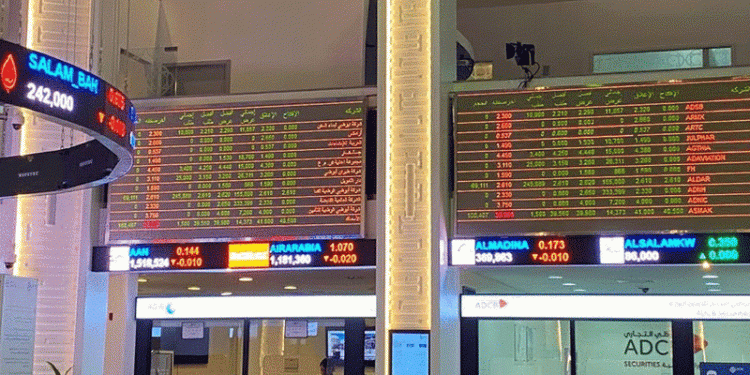LONDON: The dollar continued its rebound from three-year lows on Tuesday, having recovered 1.5 percent since Friday on the view that the U.S. currency was due a correction after a brutal sell-off in recent weeks.
The greenback has decoupled from U.S. Treasury yields since the start of the year, skidding to its lowest levels since late 2014 against a basket of major currencies despite 10-year Treasuries approaching 3 percent for the first time in four years.
That correlation breakdown has puzzled many investors. Economists have explained it by saying that the reasons for the rise in yields have not so much been driven by expectations for higher interest rates and stronger growth, but worries about runaway inflation that have caused a selloff in both the dollar and Treasuries.
But on Tuesday, the dollar rose just over half a percent against its index to 89.569, as 10-year U.S yields climbed back up to 2.92 percent.
“The dollar finally seems to be getting some support from higher US bond yields,” said ACLS Global strategist Marshall Gittler, adding that he saw further strength in the dollar against the yen in particular.
Any positive impetus from rising U.S. interest rates has been offset by a barrage of bearish factors in recent months.
Initially, the view that other central banks would catch up with the Federal Reserve in tightening policy this year was cited as a reason for the dollar’s underperformance.
Then came comments from U.S. Treasury Secretary Steven Mnuchin who stoked concerns the United States could pursue a weaker dollar policy as its trade deficit rose to highest level in almost a decade.
Mounting worries about the U.S. budget deficit, which is projected to balloon to more than $1 trillion in 2019 amid a government spending splurge and large corporate tax cuts, have also undermined the greenback.
Economists say U.S. President Donald Trump’s tax cuts and spending plans could backfire by overheating an already strong economy, causing an unwanted pick-up in inflation.
Against the yen, the dollar climbed half a percent to 107.09 yen, having bounced back from a 15-month low of 105.545 set on Friday.
Stephen Innes, head of trading in Asia-Pacific for Oanda in Singapore, said there seemed to be some short-covering in the dollar in the wake of its recent fall.
“We’ve got a lot of Fed speakers…this week. I think that could be a reason why we’re seeing some of the short dollar positions pared back,” Innes said.
He added, however, that the dollar could come under pressure if this week’s U.S. government bond auctions were to show sluggish investor demand for U.S. debt.
The euro eased 0.4 percent to $1.2360, backing down from Friday’s three-year high of $1.2556.
Source: Brecorder.com

























